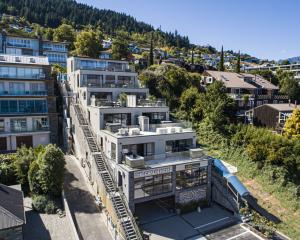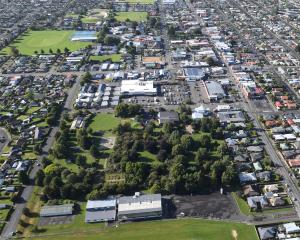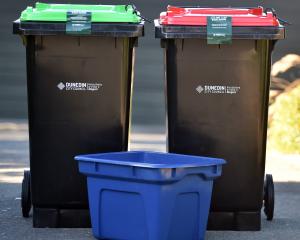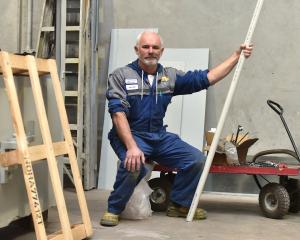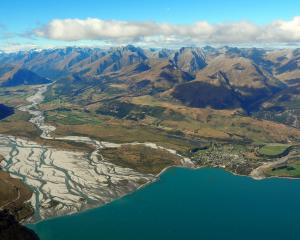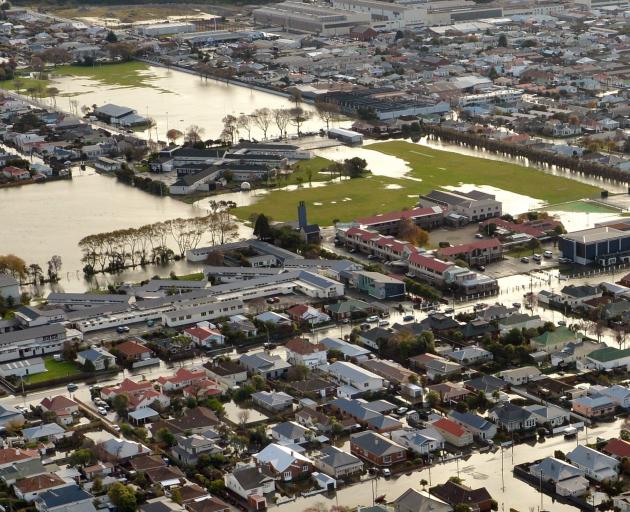
New research by construction cost experts WT Partnership, commissioned by Niwa, provides cost estimates for different types of buildings.
They found lifting buildings of timber and pile construction by 2m would be more cost effective than constructing new buildings.
However, the method would not be financially viable for concrete buildings.
Niwa coastal and estuarine physical processes scientist and study leader Dr Christo Rautenbach said it would provide another option for homeowners who lived in coastal lowlands who wished to stay in their property as long as possible.
"We know that the impacts of flooding have been felt by many, and the risk isn’t going away.
"Communities must adapt, but certain solutions like relocation inland can be unpopular and seen as a last resort, so it’s important to assess alternative coastal adaptation options.
"These initial findings indicate that some property owners may be able to stay put for longer, even taking into account future exacerbation from climate change, albeit with extensive modifications," Dr Rautenbach said.
The work is part of the Niwa Future Coasts Aotearoa (FCA) programme, which is investigating how rural lowland communities can prepare and adapt to the impacts of accelerating sea level rise.
The sea level off the coast of South Dunedin is expected to rise by 19cm-27cm by 2050, and up to 85cm higher than today’s levels by the end of the century.
Dr Rautenbach said although raised homes would remain dry, surrounding land and services would still be affected.
"The study also did not include hidden expenses, such as temporary accommodation, storage costs and the development of supporting community infrastructure such as roads, water and wastewater services.
"With storms intensifying, rainfall increasing and sea levels rising, we must get creative with how we adapt our coastal communities.
"Transformation requires developing the right tools and it will be a multi-faceted approach, and this study contributes one more piece to this complex adaptation puzzle, spanning over the social, economic, environmental and cultural landscapes."
Dunedin City Council’s South Dunedin Future programme manager Jonathan Rowe said it was one of many potential solutions.
"It’s not the only answer in South Dunedin.
"It’s just part of the mix.
"If you gear it up with other options like hard infrastructure, nature-based solutions and managed retreat, it can form part of an effective overall solution."
The new research on raising houses coincides with the release of a new flyer being delivered to about 7000 homes and businesses in the flat area of South Dunedin.
The flyer is from the South Dunedin Future programme and was developed by Tūhura Otago Museum science communicators with input from Otago Regional Council natural hazards experts and a range of local scientists.
It explains the water, land and climate change-related challenges facing the community, and outlines the next steps to creating an adaptation plan for the area.
Mr Rowe said the flyer’s release was an important step towards making a climate adaptation plan by 2026.
The first "long list" of adaptation options for South Dunedin is planned for December.
"We hope this flyer will help explain to everyone the many natural processes already at work, and what is likely to happen to the area in future.
"It’s important to understand the challenges before we can work out what to do about them."
The flyer is the second in a series of four this year, giving all residents and other stakeholders information about the programme, the science, community values and the options.
More detailed information about how particular hazards such as groundwater and rainfall will affect South Dunedin is expected to be released over the next two years.
A series of community events are also being held in September and October, including a "meet the scientists night", street meet and sausage sizzle in the main street, and a forum with water experts about the options for South Dunedin’s future.

